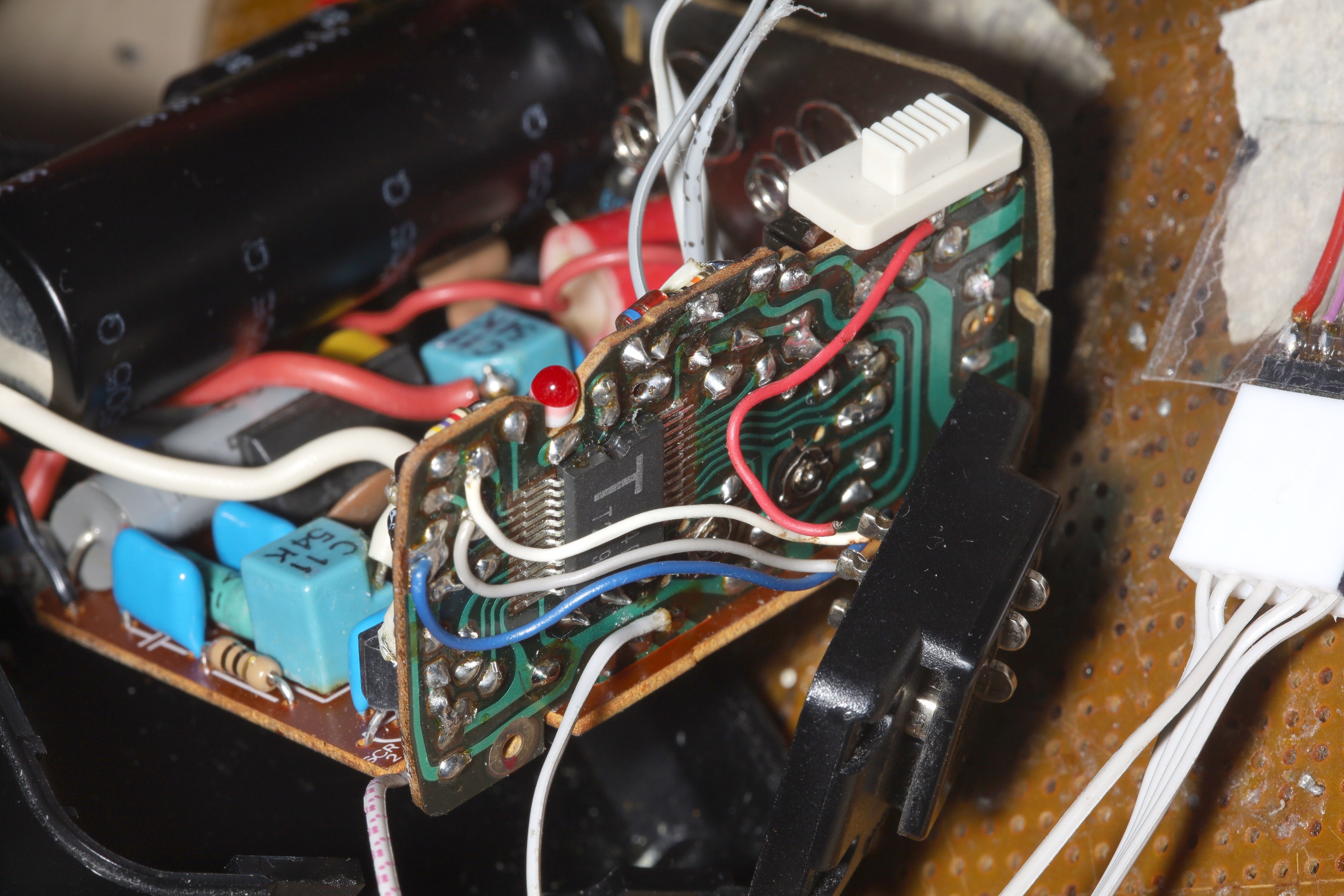Finally discovered that brightness is adjusted by raising SCR2 1st, then raising STROBE POWER. The gap between raising SCR2 & raising the STROBE POWER pin determines the brightness. The shorter the gap, the lower the power. STROBE POWER can be raised before lowering SCR2. The lowest power is achieved by raising STROBE POWER 1 instruction after raising SCR2. The maximum power seems to come from raising STROBE POWER 250us after raising SCR2. Brightness is thus a function of how long the tube is energized rather than some analog magic.
STROBE POWER turns off the SCR by probably shorting the mane cap. It might take time for the mane cap to recharge after that, hence why it can't fire for another 100ms.
Tried adding an extra pulse to trick it into recycling in under 100ms, but it didn't work. The length of STROBE POWER or SCR doesn't matter.
There might be a protocol value which tells the camera the shortest delay between preflash & mane flash. Finding it is rather hopeless. It's not polling the flash. D1 low signifies to the camera that the flash is busy. Holding the D1 pin low for 100ms during the issuing of the MANE FLASH packet might delay the mane flash enough, but the user would have to configure the camera side for each flash. Sadly, the camera ignores D1 after a while & fires the mane flash even if it's busy.
With the power algorithm known, it makes sense to ignore the hotshoe signals, scrap the digital pot & control it directly through the 2 logic signals. The hotshoe wires broke off anyways.


The capacitors are no doubt dried out. It sucks 250mA to top off the capacitors when it's idle. There's no plan to continue using it.
For another flash to convert, the cheapest ones these days don't even have a power adjustment & are not likely to recycle in time.

There might be a practical need to hack a vintage one if small size, low cost, & power adjustment are desired.

The cheapest variable power ones are gigantic. They have to be over $60 before becoming compact & variable power for certain brands.

There's a good chance a TTL one for another brand can recycle in time, but all of that functionality would have to be thrown away to work with Canon.

TTL for other brands begins at $50 but for Canon begins at $150 & it's bulky.
There's definitely a case for hacking a vintage flash for low cost, small size, wireless, & manual power control, even if it's not fast enough for TTL. There's just never been a use for a manual flash.
As far as making a night club effect or a really bright light bulb out of it, the flash tube has a limited lifespan.
 lion mclionhead
lion mclionhead
Discussions
Become a Hackaday.io Member
Create an account to leave a comment. Already have an account? Log In.